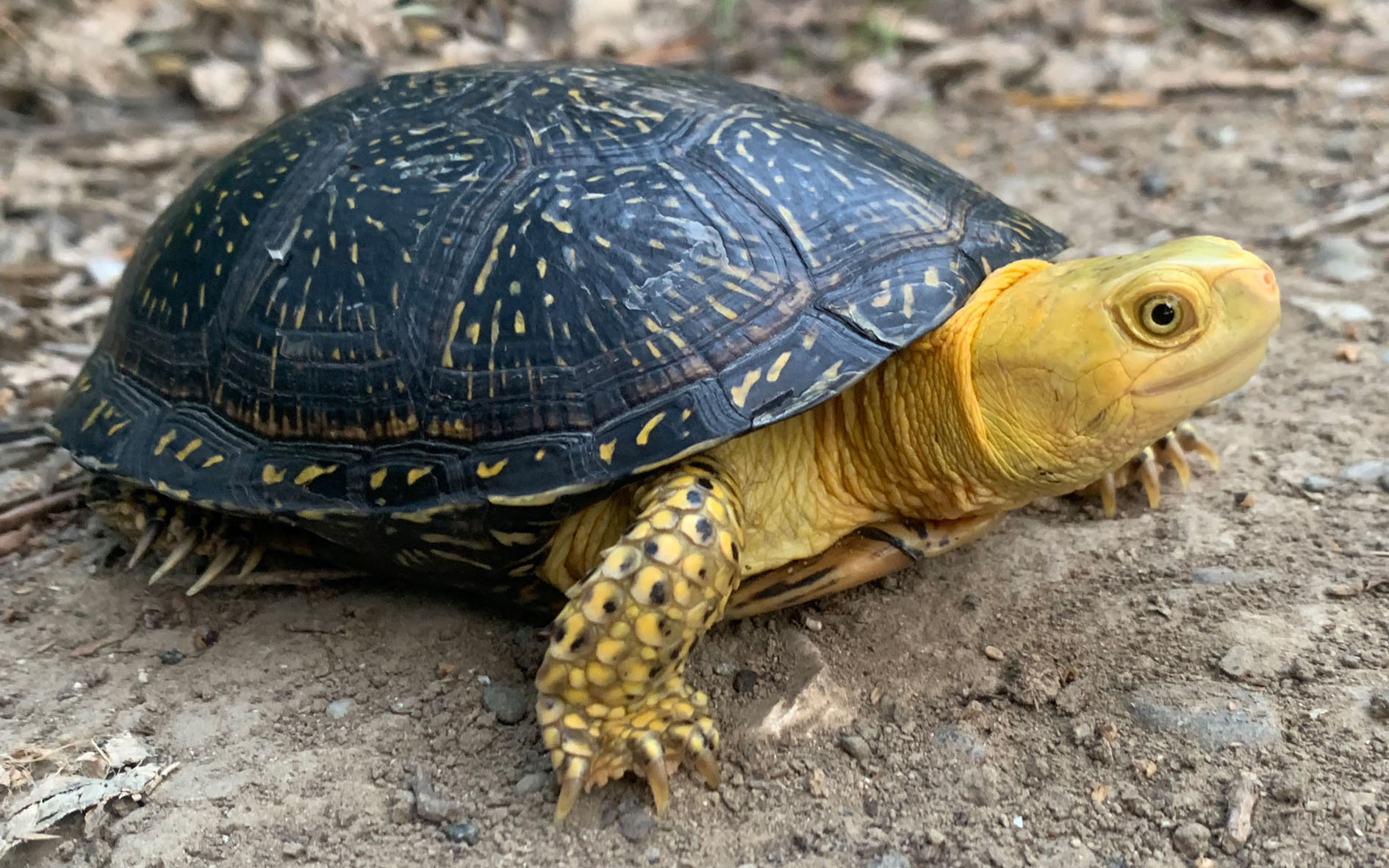THE COUNTRY
Turkey
THE ANIMAL
During collecting expeditions in south Turkey in 1966 and 1972, former custodian of the Natural History Museum in Vienna, Josef Eiselt, collected 4 small, dark, European Pond Turtles close to the Syrian border and brought them to Vienna.
Based on these 4 specimens, Prof. Uwe Fritz, described the new taxon Emys orbicularis eiselti in 1998. Genetic studies showed, that this taxon is the most distinct subspecies of all European Pond Turtles. It seems likely that Eiselt’s pond turtle was originally widely distributed across the Amik Maras Rift Valley east of the Amanos Mountains (i.e., in the northernmost part of the Dead Sea Rift). The Amik Maras Rift Valley once harbored large marshlands. Today, this marshland system is largely destroyed. For nearly 80 years, wetlands in Turkey have been drained for various reasons, such as agriculture, urbanization, road construction, and prevention of malaria. Lake Amik exemplifies this situation. The lake covered an area of approximately 35,000 ha in the 19th century and receded to 30,000 ha at the beginning of the 20th century. In 1966, the surface area of the lake was reported as 7000 ha by the State Hydraulic Works (Calıskan 2008; Ozelkan et al. 2011). Water from the lake and its tributaries was discharged to the Asi River by creating new channels toward the river, and the habitats of E. o. eiselti and other freshwater species dwindled away. In 2007, Hatay Airport was constructed in the center of the former lakebed.
Today, only the Asi River and its tributaries serve as a refuge for many freshwater biota.
A Species Fading: The 2012 Reality for Eiselt’s Pond Turtle (Ayaz et al., 2021)
In their study: “On the Brink of Extinction: Results of a 20-Year Quest for Eiselt’s Pond Turtle (Emys orbicularis eiselti) in Southeastern Turkey” Ayaz and colleagues could locate only a very few specimens in small urban ponds very close to the mouth of the Asi (Orontes) river. The last sighting happened in summer 2012.
Their supervisor Prof. Ertan Taskavak of Ege University in Izmir explains that survey time may be a waste of time, because all facts show, that the species is already extinct.
At this point, since it’s description in 1998, no more than 25 specimens of the Eiselt’s Pond Turtle had officially been observed.
A Bold Beginning: Turtle Island’s First Steps in Saving this Species - CURRENT STATUS (2024)
In 2012, four ponds were recorded as harboring the Emys orbicularis eiselti. Since then, one of these crucial habitats was lost to residential development in 2018, and another is now choked with trash. Only two adjacent ponds remain, but they are also under threat from encroaching construction. The Eiselt’s Pond Turtle’s struggle for survival highlights the urgent need for conservation efforts to preserve these delicate ecosystems before they vanish completely.
In a bold move to save this Critically Endangered subspecies, our founder, Peter Praschag, embarked on an expedition to Turkey in 2022 to search for the remaining Eiselt’s Pond Turtles and devise a plan for their protection.
Peter has made significant progress towards this goal. He has obtained all necessary and required permits, in collaboration with EGE University in Izmir, to conduct field studies and develop a conservation breeding program. Furthermore, Turtle Island is also actively working towards securing the land surrounding the remaining ponds.
In August of 2024, Peter and his son Kiran returned to the area to take a census of the Eiselt’s Pond Turtles still inhabiting the remaining ponds. Luckily, in the intervening time, no further harm had come to the two remaining ponds, although the new construction of a nearby cement factory raises concerns about water use in the area. Using a catch and release technique, Peter and Kiran discovered 22 new specimens, surpassing expectations about the population size still currently residing in the area, and increasing the hope in there still being a viable population living in these natural ponds. However, the stressful environment may be affecting breeding success or predation of smaller individuals, as only adult turtles were seen or caught. After careful examination, the turtles were safely re-released, as negotiations are still in progress to acquire the land and create a safe habitat for the turtles to live in their native ponds.
From Captive Breeding to Collaborative Conservation: Progress in Turkey and Austria
In addition, a captive breeding population now exists at the Turtle Island Conservation Breeding Centre, in Graz, Austria, to ensure that the species will have a better chance of survival, in the event of a disaster in their native
lands. We’re thrilled to report significant progress in our efforts to protect the Emys orbicularis eiselti habitat in Turkey.
After Peter’s recent trip in August 2024, local media picked up the story, and conversations with the mayor have been incredibly promising. The local government is committed to preserving and rewilding the land. The area, which was at the epicenter of the major earthquake to hit Turkey in February 2023, is now being rebuilt with eco-centric plans in mind. The proposed changes include a ban on waste dumping (currently a major issue), clearing the already accumulated waste, and even the potential demolition of a nearby cement factory that is a source of pollution and water drainage. There are also discussions to expropriate privately-owned land and bring it under government control for conservation.
It’s inspiring to see the local community, media, and government unite around the protection of this rare turtle species—many residents hadn’t even realized they had such a treasure in their backyard. Turtle Island will be submitting a formal proposal for a conservation and rewilding project, which will outline the steps needed to restore and protect this critical habitat.
You are currently viewing a placeholder content from YouTube. To access the actual content, click the button below. Please note that doing so will share data with third-party providers.
More InformationYou are currently viewing a placeholder content from YouTube. To access the actual content, click the button below. Please note that doing so will share data with third-party providers.
More InformationJoin Us in Saving Eiselt’s Pond Turtle
The efforts to protect Eiselt’s Pond Turtle have made remarkable strides, but the journey is far from over. As we advance our mission, we invite you to become a vital part of this conservation project. By supporting Turtle Island, you help us preserve habitats, establish a captive breeding population, and secure a future for this rare turtle. Your contribution will directly impact our ongoing initiatives, from land acquisition to environmental restoration in Turkey. Together, we can make a lasting difference—join us in giving Eiselt’s Pond Turtle a fighting chance for survival. Your support can help turn the tide for this critically endangered species.



